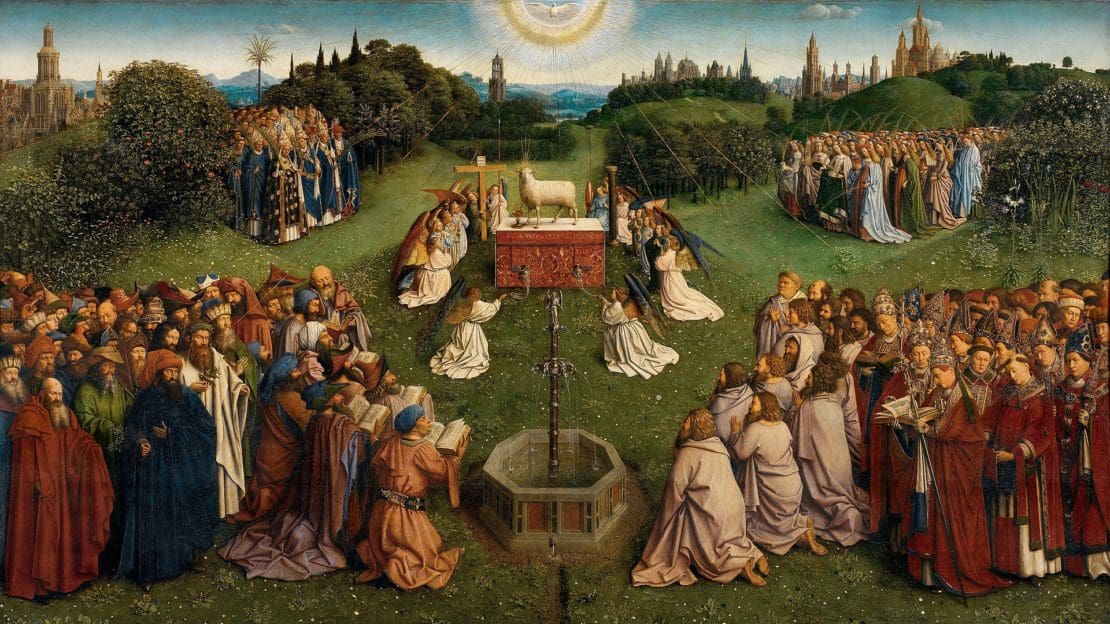Marriage and the Mysterium Magnum
This is the twelfth and final installment of a series of blog posts outlining St. John Paul II’s thought on embodiment and sexuality. To read the preceding article, please click here
St. Paul writes powerfully of the sacramentality of marriage in chapter five of his letter to the Ephesians,
‘For this reason a man will leave his father and his mother and unite with his wife, and the two will form one flesh. This mystery is great; I say this with reference to Christ and the Church. Therefore, also you, each one on his part, should love his wife as himself, and the woman should have reverence toward her husband.’ (Eph. 5:21-33)
These words of St. Paul are decisive for properly understanding the sacramentality of marriage, because they indicate that marriage points beyond itself in important and far-reaching ways. The ‘great mystery, mysterium magnum,’ about which St. Paul speaks in these verses is the divine mystery of the love of God in terms of its realization in the creative and salvific plan of God, a plan fully revealed and accomplished only in the self-giving love of Christ. St. John Paul II says that this mystery is great because it is ‘in some sense the central theme of the whole of revelation, its central reality… what God as Creator and Father wishes above all to transmit to mankind in His Word.’ And it is precisely the sacrament of marriage according to its inner nature as a sacramental reality that—in the words of St. Paul—reveals this ‘great mystery’ of divine love to the human creature in a foundationally significant way.
Through revealing that Christ loves the Church with a spousal form of love, in accord with the Old Testament prophets St. Paul shows that there is an intimate connection between the mystery of divine love and the reality of marriage—a connection that traces its roots first into the mystery of creation, but which is found exemplified fully only in the mystery of redemption. The spousal character of divine love was first introduced with the mystery of creation through the creation of the embodied person with a spousal meaning—a meaningfulness of the embodied person—thus making possible the reciprocal gift of man and woman in marriage as a perpetual figure of divine love. The spousal character of divine love was then fulfilled in the mystery of redemption, in the radical love of Christ for mankind when He gave Himself upon the cross, saying, ‘This is my body given for you’ (Lk. 22:19). In this way, through His incarnational presence, Jesus renewed the created natural institution of marriage in such a way that it came to participate in the sacrament of redemption as one of the seven sacraments of the New Covenant. As such, the sacrament of marriage is bound up with the mystery of redemption and provides a profound sacramental signification of this same mystery, the mystery of Christ’s love for the Church.
Importantly, the sign that is marriage is not a simple signifier of Christ’s relationship with the Church, like a mere signpost indicating the way, but, precisely according to its sacramental character, marriage is something that signifies by way of partaking in the reality that it signifies. This means that marriage—and all that accompanies the relationship of the married couple—draws the spouses into an intimate participation in the self-giving spousal love of Christ and the Church. Another way to put this is to say that marriage stretches its roots into Christ’s love for the Church so that, on the one hand, Christ’s love becomes the interior source and power of spousal love, and, on the other hand, spousal love itself becomes revelatory of the sacrificial and redemptive love of Christ. As a consequence, the spousal love of Christ and the Church is an ever present source of life from which individual sacramental marriages draw their power and find their specific form and ethos. Conversely, the sacramentality of marriage helps us to understand the mystery of God’s love for humanity as it enables us in some way to recognize the ‘great mystery’ of God’s love in terms of its radical and irrevocable character. So considered, marriage indicates the full magnitude of ‘the order of created grace’, since the spousal form of love naturally signifies the full radicality of love—it is all that could be given.
And, indeed, this is the ‘prophetic character’ of the sacrament of marriage, a prophetic character that reveals the supreme dignity of the sacrament. The prophetism of marriage is already found in the words of the liturgical rite through which the sacrament is administered by the spouses, and is then also found throughout the entire course of married life inasmuch as the individual married couple conforms their lives to the truth of the words of institution. This means that in some sense the words, “I take you as my wife/husband…” embrace the whole of married life and are the pattern according to which married life is to be lived in its integrity. So considered, the words of the rite of marriage signify the very essence of spousal love, the kind of love that forms upon the basis of the spousal meaning of the body. Therefore, the words of the rite not only bring about the spousal self-gift that institutes marriage, but they also confirm the character of the spousal meaning of the body in its integrity, since ‘these words confirm the essential “truth” of the language of the body.’ They are words that signify a perpetual surrender of spouses to one another, and a corresponding perpetual acceptance of one another, words that signify both the ecstasy of spousal love as well as the great sacrifice that will be required in this form of love. As such the words spoken on the wedding day indicate that marriage is destined to become a dynamic form of radical self-giving and self-sacrificial love, a dynamic love that is possible precisely because the human body has been inscribed with a spousal meaning and is capable of expressing the language of the body.
This dynamism of love, as we have just seen, St. John Paul calls the ‘language of the body.’ In the same way that words have meaning, so too the body has meaning: a spousal meaning. And just like words can be spoken forth in speech, so too certain actions undertaken in the body speak a language: the language of the body. Accordingly, the language of the body is the native communication made possible in the body through the spousal meaning inscribed in the body. And whilst the spousal meaning is found in the bodies being and structure, this meaning is expressed forth in the language of the body through all specifically spousal forms of communication, especially that of conjugal love itself. Through the dynamic activity of conjugal love, the spousal meaning is, so to speak, brought to life in the most intimate of spheres, becoming the expressed language of a particular spousal union. And it is precisely via this language of the body that spouses continually pledge their self-giving love to one another throughout the entire course of their married lives together, a love first pledged on the day they expressed their consent to becoming ‘one flesh.’ In just this way, the words of the promises expressed by spouses on their wedding day have an ongoing echo in married life in all the ways spouses express their love for one another in and through their bodily presence to one another.
Consequently, we can say that the body’s native language, foundationally revealed in the spousal meaning of the body, is also formulated in human speech in the rite of marriage, precisely in and through the specific words of the vows of the Catholic liturgy of marriage; or, conversely, that the language of the marriage vows have already been inscribed upon the human body according to its spousal meaning, such that the words of the liturgical rite of marriage are simply the verbal confirmation of that already inscribed meaning. As so created by God first in the act of creation, and then renewed in the act of redemption, the language of the body is already determined through and through by the spousal meaningfulness of the body. Yet, it remains the proper freedom of individual couples to write their own love story with this language. As the direct and immediate cause of concrete marriages, and as the source of the daily actions that are the content of conjugal life, individual spouses are the proper authors of the stories told with this language of the body, a story penned by employing the language of the Creator and Redeemer, in cooperation with His love, and via the life of created grace.
Therefore, though the story of human love is an eminently ordinary human story, a story common to all genuine sacramental marriages, this ordinary story of human love is also a story with divine depth. Since the spousal meaning has been inscribed upon the body through the dual mysteries of creation and redemption, the spousal love of individual sacramentally married couples is an eminent expression of this divine love that has been fulfilled in Christ’s love for the Church. This means that through their participatory signification of divine love, faithful sacramental marriages announce this same divine love to the world, declaring to a fallen world that God loves the human person with a spousal love. Yet, of course, this declaration of divine love is true of marriage only inasmuch as spouses ‘reread the language of the body in truth,’ both through their mutual personal fidelity to the covenant of marriage, and through their fidelity to the inherent unitive and procreative meaningfulness of the conjugal act. Consequently, this faithfulness to marriage, according to the Creator and Redeemer’s plan for human love, is key for the ‘prophetism of the body’ and for the potential of Christian marriages to ‘perform an act of prophetic character.’ In this is the true dignity and greatness of sacramental marriages, that our most ordinary of personal loves touches upon and announces the extraordinary personal love of God in Jesus Christ.
As previously noted, I have attempted to remain close to the particular formulation and turn of phrase of the original texts of St. John Paul II in these twelve summary presentations, in order to bring the reader more fully into conversation with the thought of St. John Paul II and to encourage readers to take up and enter into his original writings in this area, primarily Love and Responsibility and Man and Woman He Created Them. They are powerful and beautiful texts, profoundly meaningful in their content and potentially transformative in their import… and also eminently readable!
__________________
Notes: See John Paul II, Man and Woman He Created Them: A Theology of the Body, trans. by M. Waldstein (Boston: Pauline, 2006), §§. 12:4, 95b:1-7, 97:1-5, 103:1-105:1-6, esp. 103:1-105:1-6. See also, Matthias Scheeben, ‘Christian Matrimony’ in Mysteries of Christianity, trans. Cyril Vollert (Herder, 2008), pp. 593-610, esp. 601-2. A number of posts in the series resonate with a short blog-post I wrote for www.pathsoflove.com on the spousal meaning of the body and vocation, particularly those related the spousal meaning of the body, the virginal meaning of the body, and the vocation of celibacy.


